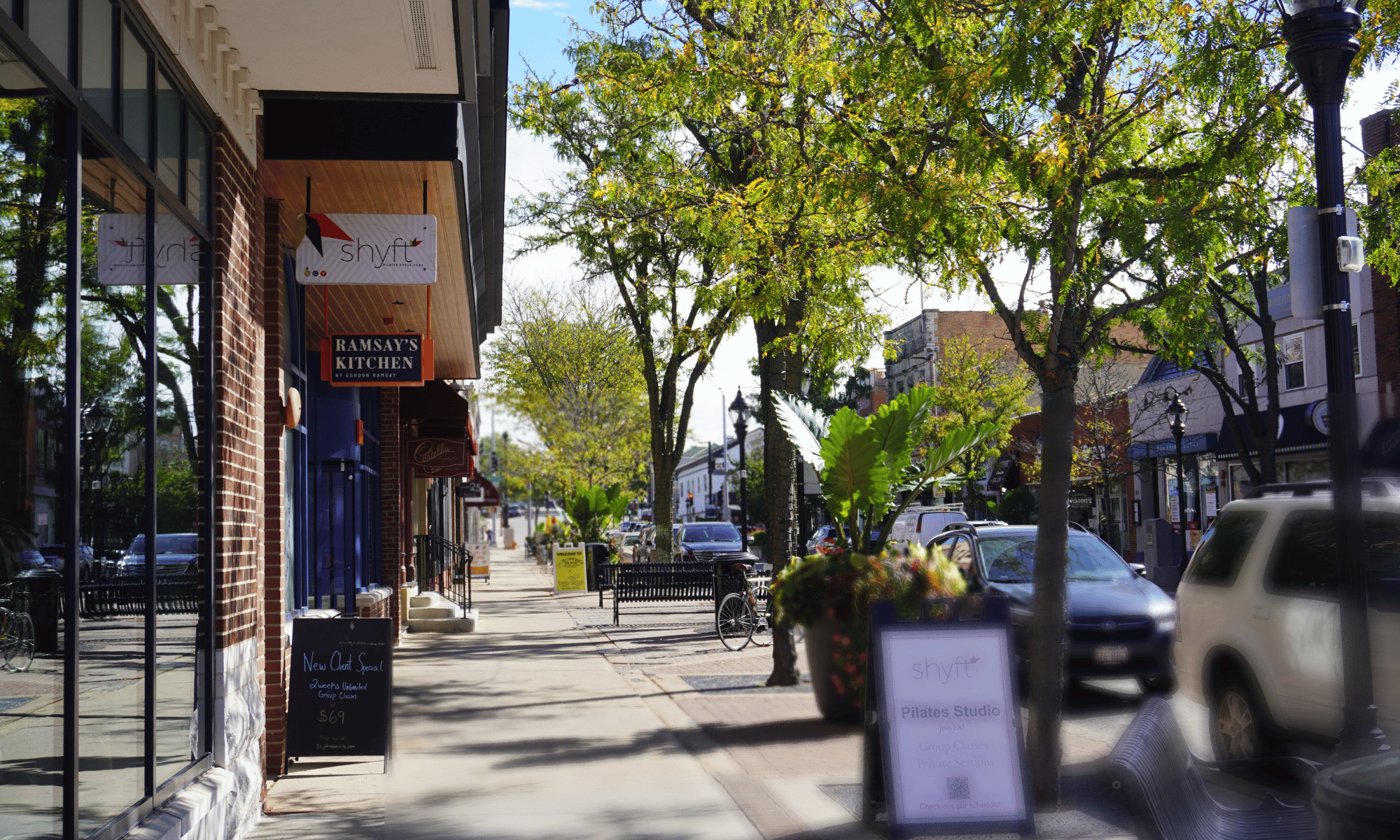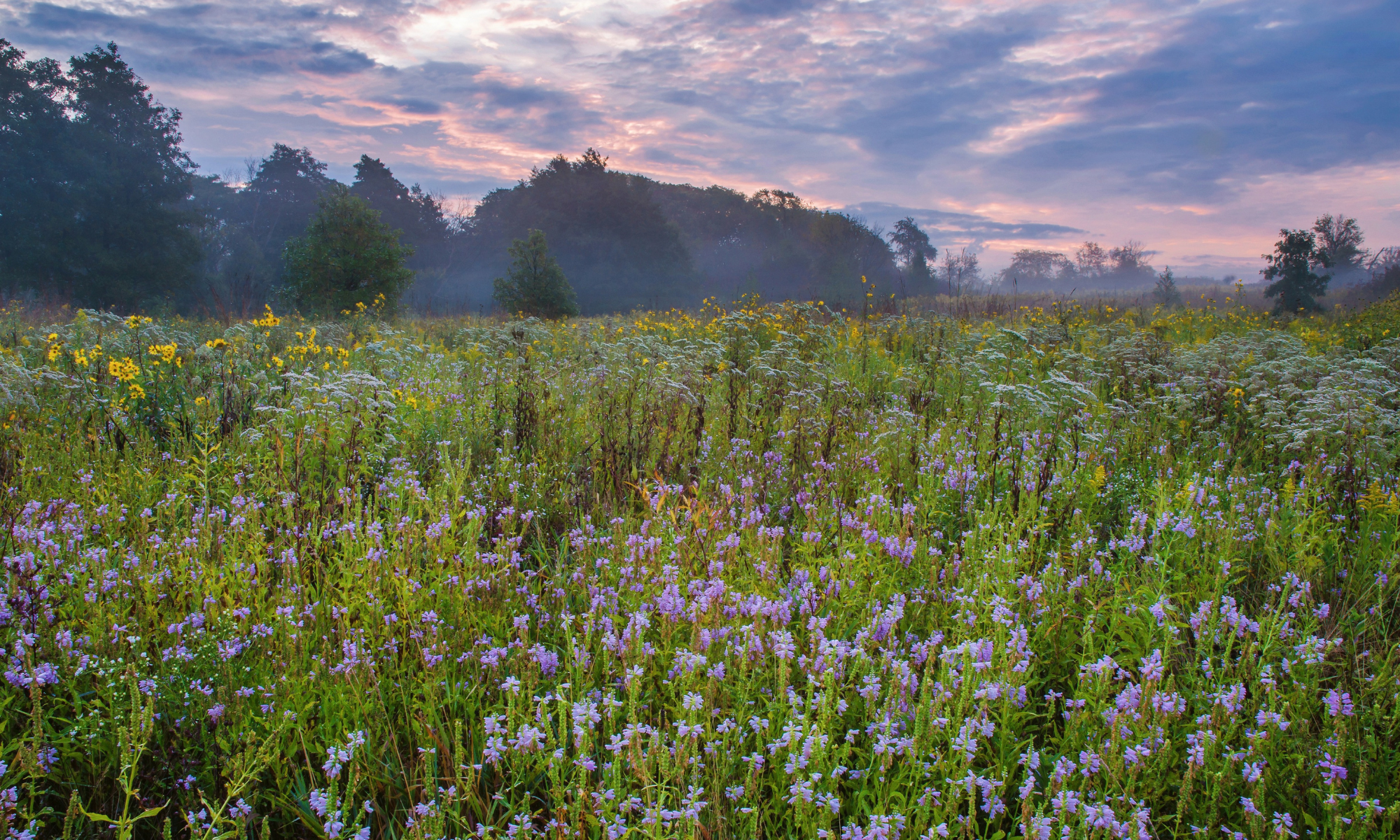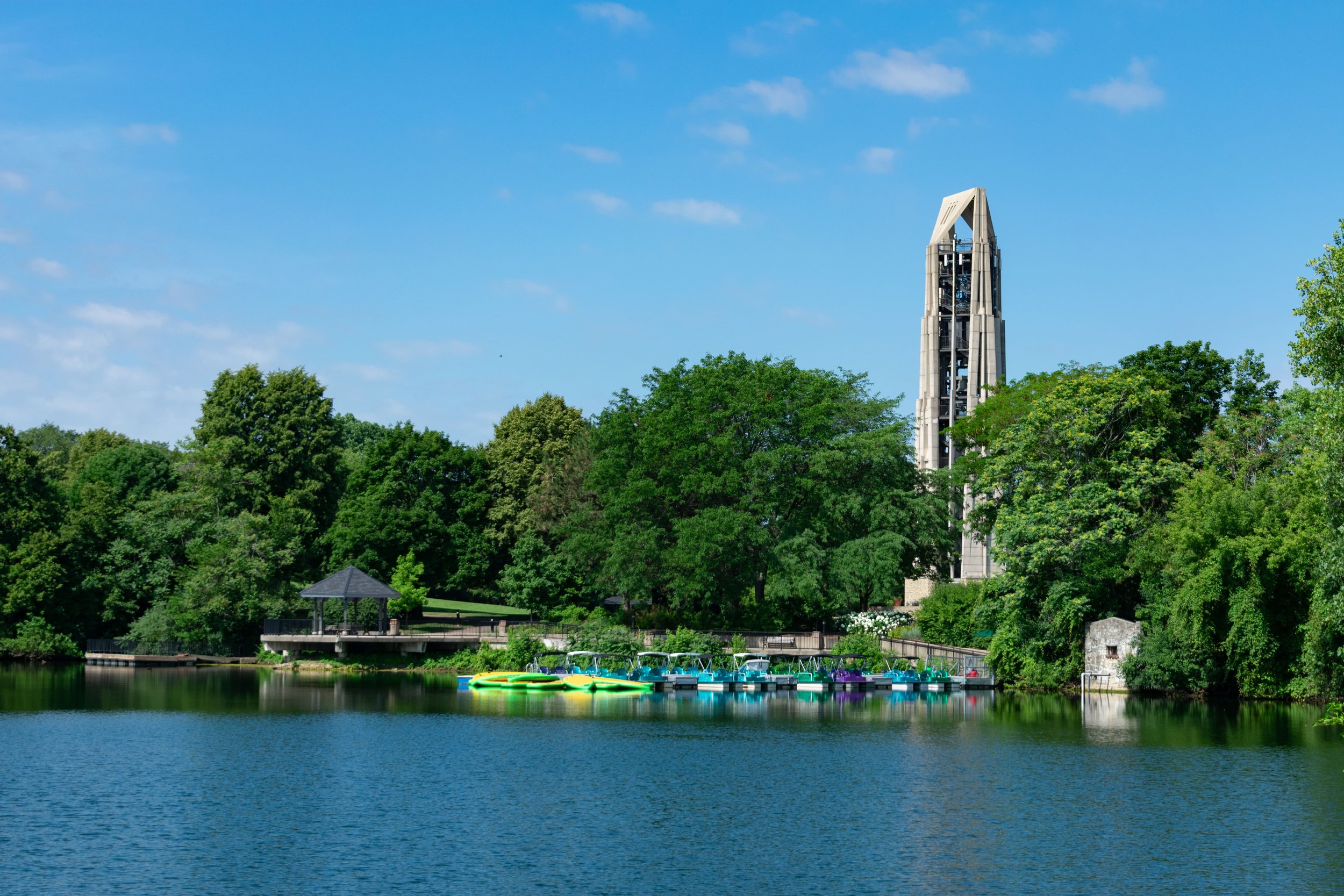
About Naperville
One of the Best Cities in America
Naperville, nationally and internationally recognized as a top community for living, raising a family, and retiring, boasts an outstanding quality of life that combines small-town charm with the vibrancy of a modern economic powerhouse near Chicago.
Consistently making headlines, Naperville has garnered accolades, including ranking No. 16 on Money's Best Places to Live 2022, top positions in Niche rankings for Best Cities to Raise a Family in America and Best Public High Schools in Illinois, and being named the Safest City in America by MoneyGeek in 2023.
Additionally, it has been recognized for its safety for children by SafeWise, as a prime location for millennial home buyers by SmartAsset, and as one of America's "coolest suburbs" by Apartment Therapy. Most recently, Naperville has been named the best city to live in the United States for 2024.
Naperville's Police and Fire Departments are internationally acclaimed, contributing to its reputation as a safe and prepared community.
Alongside safety, the city is lauded for its environmental sustainability efforts, volunteer spirit, and substantial economic development.
The community is proud of its top-rated Park District, innovative public sector use of data, and financial stability, with the Naperville Public Library being ranked No. 1 in its category for a decade.
These honors, among others, invite everyone to explore and appreciate all that Naperville offers.
An Award-Winning City
Our History
Naperville, Illinois, is a city rich in history, dating back to its founding in 1831 by Joseph Naper. Originally a quaint pioneer outpost, it has grown into a thriving suburban city.
Naperville's early development was closely tied to the DuPage River, which provided essential resources for the settlers.
The railroad's arrival in the late 19th century marked a significant turning point, fostering economic growth and connecting Naperville to larger markets.
Over the years, Naperville transformed from a simple farming community to a bustling suburb of Chicago, known for its unique blend of historical charm and modern amenities.
Today, it balances its proud history with contemporary development, featuring historic sites like Naper Settlement, a living history museum that recreates the experience of 19th-century life, and a vibrant downtown area that reflects its rich heritage.
-

Naperville Park District in Illinois owns and operates 139 parks, covering over 2,500 acres of land. This extensive network of parks provides a wide range of recreational, arts, and environmental programs and events for people of all ages, serving about 60,000 participants.
-

Ten exquisite forest preserves and trails nestled in and around the vibrant city of Naperville, Illinois, offer residents and visitors a serene escape into nature. These preserves provide recreational opportunities, from peaceful walks and hikes to family-friendly outdoor activities.
-

Naperville, Illinois, is a thriving city with a large business community. As of the latest available data, 17,521 businesses are registered there. This reflects the city's dynamic economic environment, supported by diverse industries and a growing population.

Demographics of Naperville, Il
As of July 2022, Naperville, Illinois, has about 150,000 residents, mostly White and Asian. The city is known for its well-educated people, high incomes, community spirit, and housing investments. Naperville values its diverse population and a strong economy. As of July 1, 2022, the city had 149,936 residents, slightly up from 149,559 in April 2020. This shows a 0.3% growth over two years since the 2020 census, which counted 149,540 people. The slow increase reflects Naperville's appeal as a great place to live, growing steadily since 2010, when the population was 141,853.
The Demographics of Naperville
Age & Sex
The city's youth is represented by 5.9% of the population under 5 years old, with those under 18 making up 24.8% and seniors 65 and older at 13.9%. Women slightly outnumber men, comprising 50.4% of the populace, indicating a balanced demographic spread across age groups.
Businesses
In 2017, the business landscape in Naperville included 4,744 employer firms, led predominantly by 2,694 men-owned and 942 women-owned businesses. Minority-owned firms totaled 919, whereas nonminority-owned firms were 3,210. The community also supported 194 veteran-owned and 3,897 nonveteran-owned firms, showcasing a diverse business environment.
Economy
Between 2018 and 2022, 68.6% of Naperville's population over 16 was in the labor force, with women making up 60.2% of this demographic. The economy thrived with significant sales in accommodation and food services at $575,534,000 and even more extensive health care and social assistance receipts at $1,625,894,000. Retail sales soared to $3,927,847,000. Commuters faced an average travel time of 32.2 minutes.
Education & Health
Naperville boasts a high education level among its residents aged 25 and older, with 97.5% having at least a high school diploma and 70.9% holding a bachelor's degree or higher. Health-wise, 4.6% of individuals under 65 have a disability and only 2.7% lack health insurance.
Geography
Naperville covered 39.08 square miles in 2020, up slightly from 38.77 square miles in 2010, with a population density increasing to 3,826.8 people per square mile. This growth reflects the city's expanding footprint and attraction as a residential and commercial hub. The increase in land area and population density highlights Naperville's continuous appeal as a thriving community.
Housing
From 2018 to 2022, Naperville, Illinois, maintained a robust housing market, with 74.4% of homes being owner-occupied. The median value of these homes stood at $482,600. Homeowners with mortgages faced average monthly costs of $2,989, whereas those without mortgages had reduced expenses, averaging $1,240. The median monthly rent was also recorded at $1,787 during the same period.
Income
From 2018 to 2022, Naperville households enjoyed a median income of $143,754 and per capita income of $67,706, highlighting the area's affluent status. Despite this, a modest 4.3% of the population lived below the poverty line, underscoring economic disparities within the community.
Living Arrangements
Between 2018 and 2022, Naperville had 53,815 households, averaging 2.73 persons each. 87.5% of residents remained in the same home over the year, and 26.5% of households used a language other than English, reflecting both stability and cultural diversity in living arrangements. This demographic stability underscores the city's capacity to foster an inclusive environment.
Race & Hispanic Origin
Naperville's demographic breakdown reveals a predominantly White population at 66.9%, with significant Asian representation at 21.0%. Black or African American residents constitute 4.6%, and Hispanic or Latino individuals comprise 6.9%. The community is further enriched by 6.0% of its population identifying with two or more races. This diversity underscores Naperville's multicultural character.
All statistical information is taken directly from Census.gov. This information is up-to-date as of July 1st, 2023.
Connect with
Naperville.com & The Dan Firks Team
info@Naperville.com
(630) 637-9009
55 S Main St
Suite 250
Naperville, IL 60540













